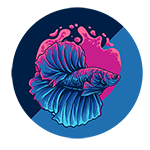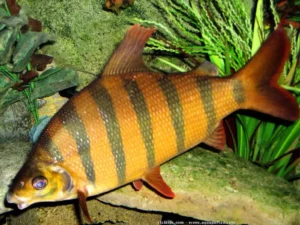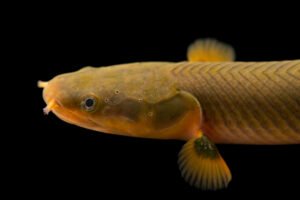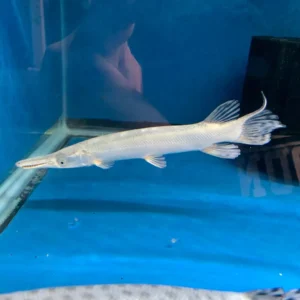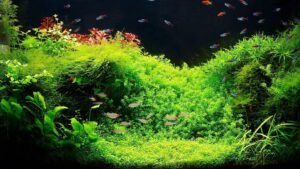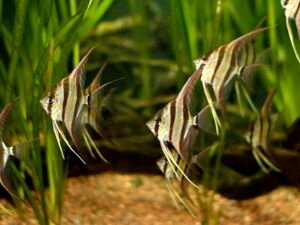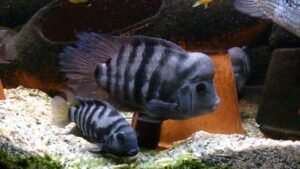Ornate Bichir: Comprehensive Care Guide, Facts, and Habitat
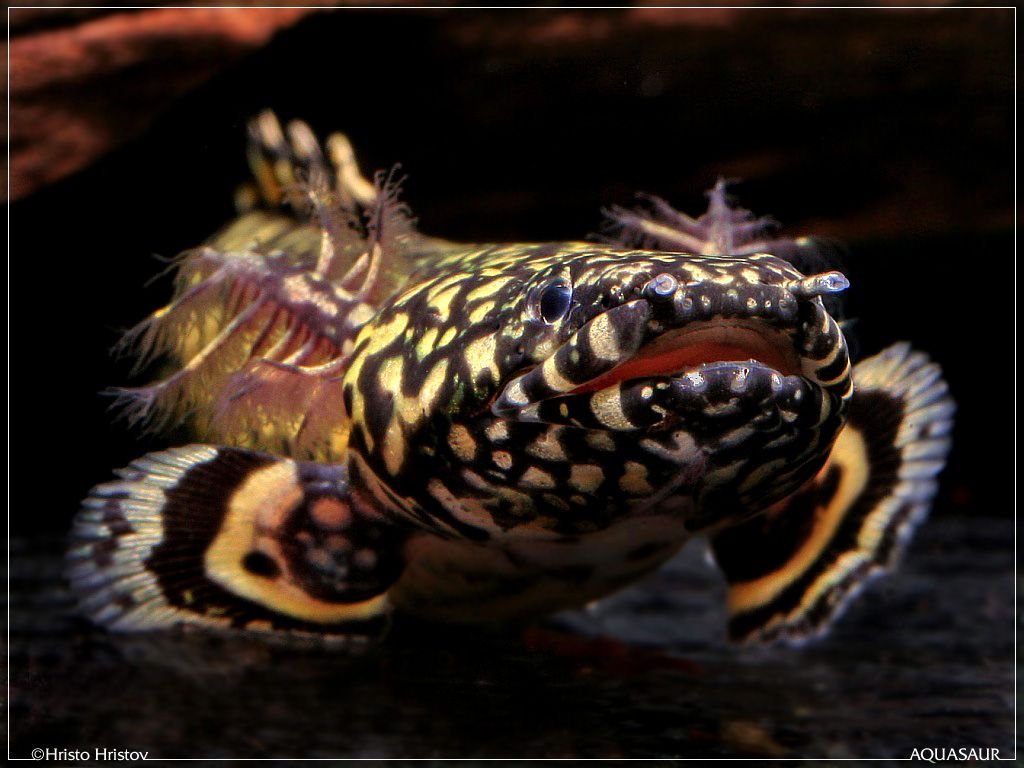
Ornate Bichir: Comprehensive Care Guide, Facts, and Habitat
Discover the Majestic Ornate Bichir: A Complete Care Guide and Fascinating Facts
Introduction
The Ornate Bichir (Polypterus ornatipinnis) is a unique and ancient species known for its prehistoric appearance and striking coloration. Native to the freshwater rivers and floodplains of Africa, these fish are popular among aquarists for their intriguing looks and fascinating behavior. Understanding the natural habitat, dietary needs, and care requirements of the Ornate Bichir is essential for providing optimal conditions in captivity and ensuring their well-being.
These bichirs are characterized by their elongated bodies, pronounced dorsal finlets, and distinct black and yellow patterns. They are nocturnal and prefer to stay hidden during the day, emerging at night to hunt for food. To thrive in captivity, Ornate Bichirs require a well-maintained aquarium that mimics their natural environment, with plenty of hiding spots and a soft substrate.
Maintaining the right water parameters, such as a pH of 6.0-8.0 and a temperature of 75-82°F, is essential. Regular water changes and efficient filtration are crucial to keeping the water quality high. Feeding these bichirs a diet rich in protein helps keep them healthy and vibrant.
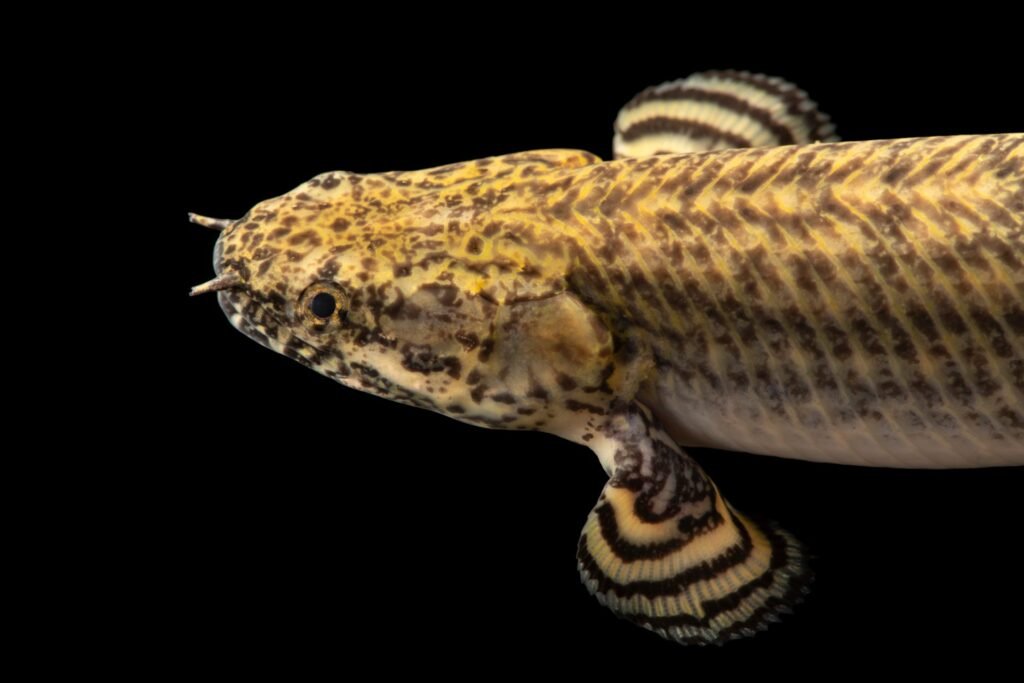
Facts
| Fact | Detail |
|---|---|
| Scientific Name | Polypterus ornatipinnis |
| Common Names | Ornate Bichir, Ornate Polypterus |
| Year Discovered | 1902 |
| Kingdom | Animalia |
| Phylum | Chordata |
| Class | Actinopterygii |
| Order | Polypteriformes |
| Family | Polypteridae |
| Genus | Polypterus |
| Species | P. ornatipinnis |
| Max Size | Up to 24 inches |
| Temperament | Semi-aggressive |
| Aquarium Level | Bottom Level |
| Difficulty | Moderate to Advanced |
| Shoaling | Solitary |
| Best Kept As | Single specimen |
| Diet and Feeding | Carnivorous |
| Reproduction | Egg layers |
| Average Lifespan | 10-15 years |
Appearance
The Ornate Bichir is easily recognizable by its elongated body, distinctive dorsal finlets, and vibrant black and yellow patterns. These colors and patterns become more pronounced as the bichir matures, making it a visually stunning addition to any aquarium.

Distribution
Ornate Bichirs are native to the freshwater rivers, streams, and floodplains of Central and Western Africa. They inhabit slow-moving waters with dense vegetation and a soft substrate.
Habits and Lifestyle
Ornate Bichirs are nocturnal and spend most of the day hidden among the substrate or under decorations in the aquarium. They are active hunters at night, preying on small fish, invertebrates, and worms. These bichirs are known for their ability to breathe atmospheric air, allowing them to survive in low-oxygen environments.
Care Guide
Tank Setup: A tank of at least 100 gallons is recommended, with plenty of hiding spots such as rocks, driftwood, and PVC pipes. A soft substrate like sand is ideal for burrowing.
Water Parameters: Ornate Bichirs thrive in water with a pH of 6.0-8.0 and a temperature of 75-82°F. Efficient filtration and regular water changes are crucial for maintaining water quality.
Diet: Feed a diet rich in protein, including live or frozen foods like earthworms, bloodworms, shrimp, and small fish. They may also accept high-quality carnivore pellets.

Physical Characteristics
Ornate Bichirs can grow up to 24 inches in length, although they are often smaller in captivity. They have a long, slender body with distinct black and yellow markings and multiple dorsal finlets along their back.
Diet and Nutrition
These bichirs are carnivorous and thrive on a diet of live or frozen foods such as earthworms, bloodworms, shrimp, and small fish. Offering a variety of protein-rich foods helps ensure they receive balanced nutrition.
Breeding and Business
Breeding Ornate Bichirs in captivity is challenging due to their specific environmental requirements and the need for precise water conditions. They are egg layers and require a separate breeding tank with optimal conditions.
Breeding Techniques: To breed Ornate Bichirs, set up a breeding tank with plenty of hiding spots and a soft substrate. The water should be clean and stable with a temperature around 80°F. After spawning, the eggs should be carefully monitored and the fry fed small live foods.
Health and Diseases
Ornate Bichirs are generally hardy but can be susceptible to common freshwater diseases such as ich, bacterial infections, and parasites. Maintaining high water quality and a proper diet can help prevent these issues. Regular health checks and quarantine of new fish can also mitigate disease risks.
Common Diseases:
- Ich: Symptoms include white spots on the body and fins. Treat with elevated water temperatures and ich-specific medication.
- Bacterial Infections: Look for redness, ulcers, or fin rot. Antibiotic treatments in a quarantine tank are usually effective.
- Parasites: Symptoms include scratching against objects and rapid breathing. Anti-parasitic medications can help.
Commercial Medicines: Some commonly used medications for treating diseases in Ornate Bichirs include:
- Ich Treatment: Malachite Green, Formalin
- Bacterial Infections: Maracyn, Kanamycin
- Parasites: Praziquantel, Metronidazole
Behavior
Ornate Bichirs are generally semi-aggressive and may prey on smaller tank mates. They are best kept as single specimens due to their territorial nature. They exhibit interesting behaviors such as burrowing and active hunting at night.
FAQs
| Question | Answer |
|---|---|
| How big do Ornate Bichirs get? | They can grow up to 24 inches in length. |
| What do they eat? | Their diet should consist of protein-rich foods such as earthworms, bloodworms, shrimp, and small fish. |
| Can they live with other fish? | They can be kept with larger, non-aggressive fish but may prey on smaller tank mates. |
| How do you breed Ornate Bichirs? | Breeding is challenging and requires a separate breeding tank with optimal water conditions. They are egg layers and need a soft substrate for spawning. |
| What is the ideal tank setup? | A large tank with a soft substrate, plenty of hiding spots, a pH of 6.0-8.0, and a temperature of 75-82°F. |
Related Fish or Tank Mates
Suitable tank mates include other large, non-aggressive fish such as certain cichlids and large catfish. Avoid keeping them with small fish that may be seen as prey.
Price Table
| Region | Price (USD) | Date |
|---|---|---|
| North America | $50-$80 | June 2024 |
| Europe | €45-€75 | June 2024 |
| Asia | $40-$70 | June 2024 |
| Australia | AUD 60-90 | June 2024 |
Factors Affecting Price
- Rarity and demand
- Size and age of the fish
- Breeding and rearing conditions
- Transportation and import costs
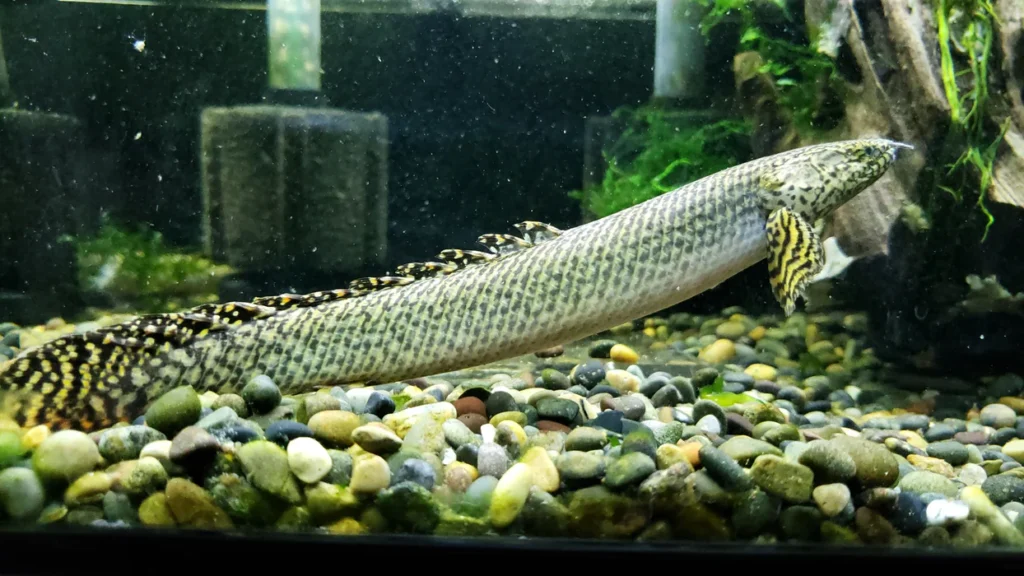
References
Categories: Bichirs, Freshwater Fish, Tropical Fish, Aquarium Fish, African Fish, Predatory Fish, Bottom Dwellers
Views: 4
